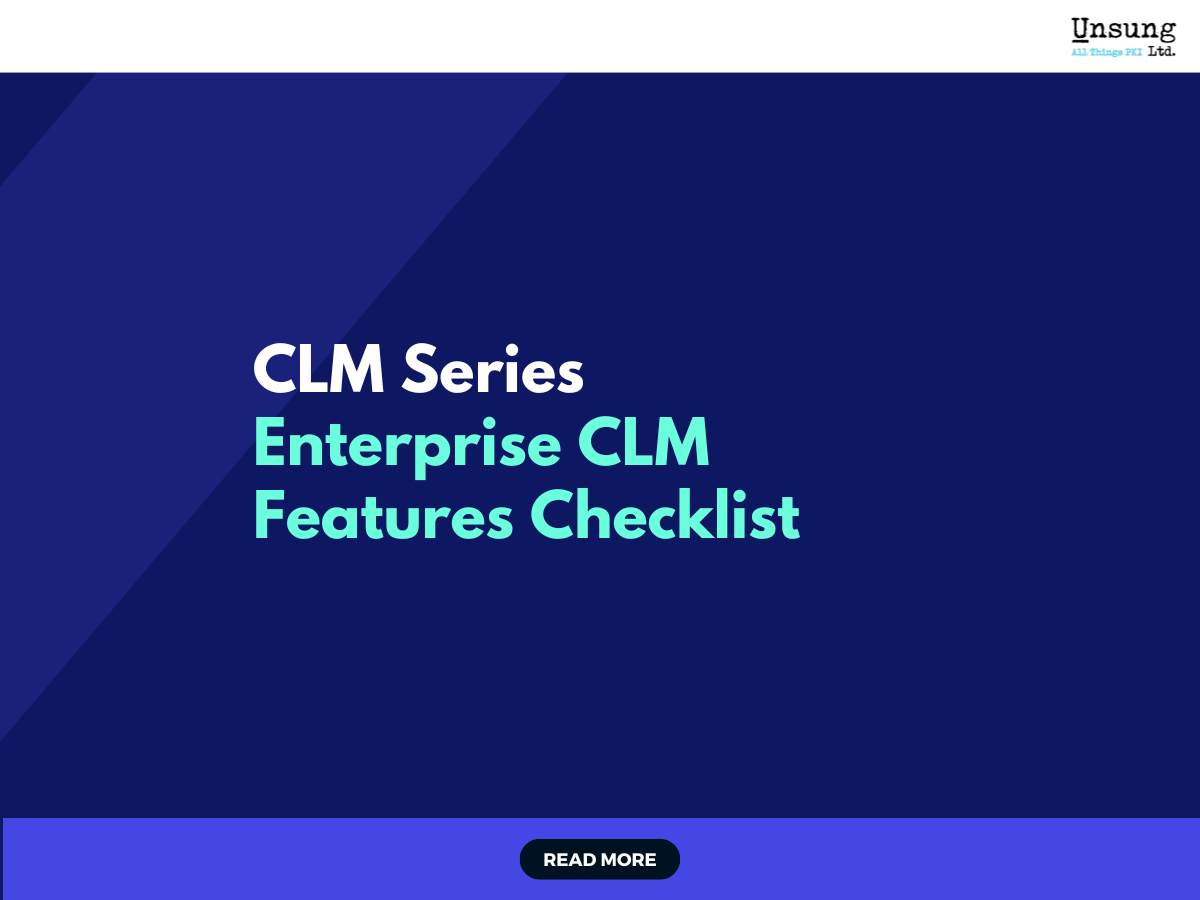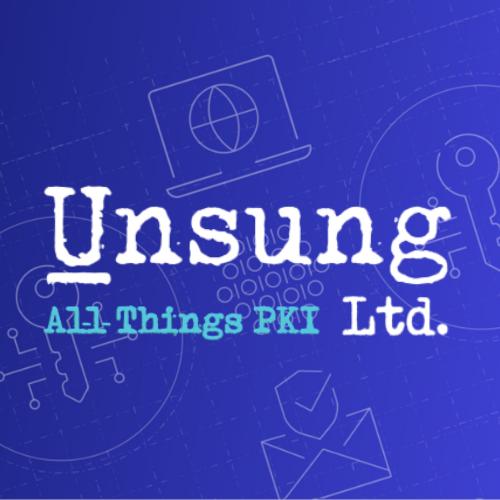Inside an Enterprise CLM Deployment: Key Features to Look For
Integration with Multiple Environments
A robust CLM must integrate seamlessly with diverse IT environments, including legacy infrastructure, modern cloud-native platforms, and hybrid deployments. This ensures that certificate management processes remain consistent across all systems, regardless of where applications and services are hosted.
Policy Enforcement and Compliance
Enterprises often operate under strict regulatory and internal security requirements. A good CLM solution should enforce certificate issuance policies, automate compliance checks, and provide audit-ready reporting. This reduces the risk of policy violations and simplifies preparation for audits.
Automation of Key Processes
Manual certificate management is impractical at enterprise scale. Automation of certificate issuance, renewal, deployment, and revocation helps eliminate human error, reduces operational workload, and ensures timely action before certificates expire or are compromised.
Scalability and Performance
As organisations grow, so does the number of certificates in use. A CLM must be able to scale without performance degradation, supporting thousands—or even tens of thousands—of certificates without compromising monitoring accuracy or response times.
Security and Access Controls
Strong role-based access controls (RBAC) are essential for preventing unauthorised changes to certificate configurations. Integration with enterprise identity systems such as Active Directory or single sign-on (SSO) solutions ensures secure and streamlined user authentication.
Automation Capabilities
Automation is the cornerstone of managing certificates at enterprise scale. An advanced CLM platform should not only automate core tasks such as issuance, renewal, replacement, and deployment but also integrate directly into DevOps pipelines to support rapid application delivery. By connecting with IT service management (ITSM) tools, automation can also align certificate workflows with broader change management processes, ensuring that security measures are embedded into every stage of the IT lifecycle without slowing down operations.
Integration Support
Enterprise IT environments are diverse, and a capable CLM must integrate with a broad range of systems and services. This includes multiple internal and third-party Certificate Authorities (CAs) for flexibility in issuance, cloud service providers for managing certificates in distributed architectures, and Hardware Security Modules (HSMs) for secure key storage and cryptographic operations. Integration with SIEM and security monitoring tools ensures that certificate events are part of the organisation’s broader threat detection and response framework, allowing faster identification of anomalies or potential breaches.
Policy Enforcement
Consistency is critical to maintaining both security and compliance. A mature CLM solution enables organisations to enforce policies governing certificate parameters such as key lengths, cryptographic algorithms, and validity periods. These policies should be applied uniformly across all environments and use cases, reducing the likelihood of insecure configurations or overlooked compliance requirements. Centralised enforcement also simplifies audit preparation by ensuring every certificate adheres to approved organisational standards.
Scalability and Performance
The chosen CLM must scale to handle growth in certificate volume, system integrations, and organisational complexity without performance degradation. This includes the ability to manage certificates issued by multiple internal and external Certificate Authorities, operate seamlessly across hybrid and multi-cloud environments, and support integration with a growing range of applications, devices, and services. The platform should handle spikes in activity—such as mass renewals or onboarding of new business units—without delays or service interruptions. High availability, load balancing, and distributed processing capabilities help ensure that performance remains consistent as demand increases.
ConclusionAn enterprise-ready CLM is more than just a tracking tool—it’s a central component of a secure, efficient IT ecosystem. By prioritising discovery, centralised control, automation, integration, policy enforcement, and scalability, organisations can ensure long-term success with their CLM deployment. A well-implemented CLM not only reduces operational risk but also enables agility in responding to emerging security requirements, regulatory changes, and evolving business needs.



